This Is How We Know The Cosmic Microwave Background Comes From The Big Bang
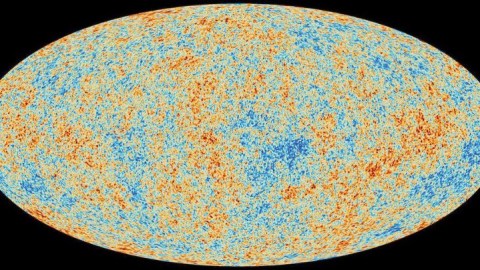
If all you see is low-energy light in a myriad of directions, you can’t be sure. But this light comes from the Big Bang.
There are a lot of things that generate an observable signal in the Universe. Astronomically, the primary way we search for those signals is through some form of light. Either the physical phenomenon we’re trying to learn about generates some form of light, which we collect with a telescope or other instrument, or it absorbs light, which means there’s a gap in an otherwise predictable background signal.
But many signals look similar, and often what we attribute to one source turns out to be the result of a very different process. One of the accusations leveled by those who disbelieve the Big Bang is that there are many possible ways to generate the background of cosmic radiation that’s just a few degrees above absolute zero. Is this accurate? Let’s look to the signal itself to find out.
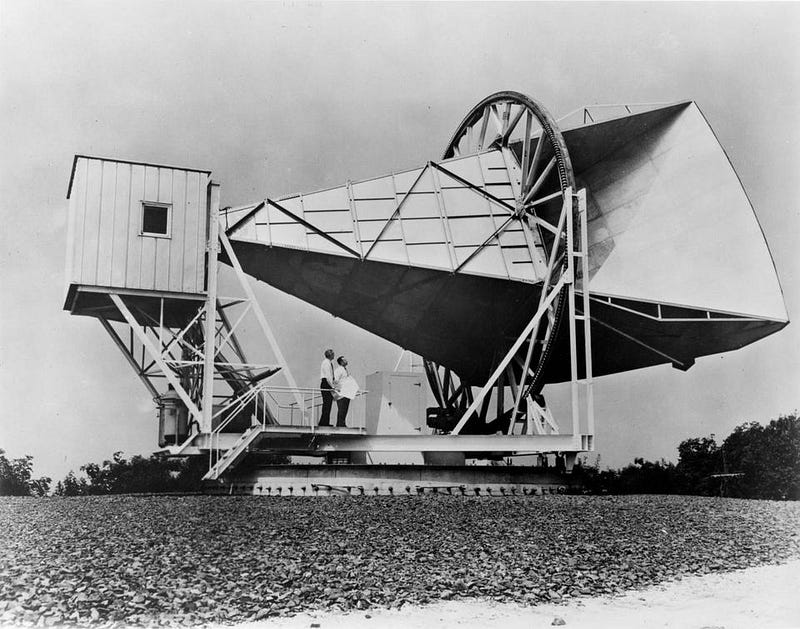
In 1964, Arno Penzias and Bob Wilson discovered a surprising phenomenon using their brand new toy: a radio antenna in New Jersey. The Holmdel Horn Antenna was originally designed to be a microwave dish used by Bell Laboratories for satellite communications. Yet when they tried to calibrate their instrument, there was noise they couldn’t get to go away. The Sun emitted radiation, as did the Milky Way galaxy. Yet even at night, no matter where they pointed their antenna, there was no way to get the signal to go away. There was always this constant, low-energy “hum” that couldn’t be removed.
They tried all their calibration tricks; they tried moving the roosting birds out of the antenna and cleaning it; they tried everything they knew of. The noise wouldn’t go away. Just a few degrees above absolute zero, the radiation appeared to come from everywhere, equally.
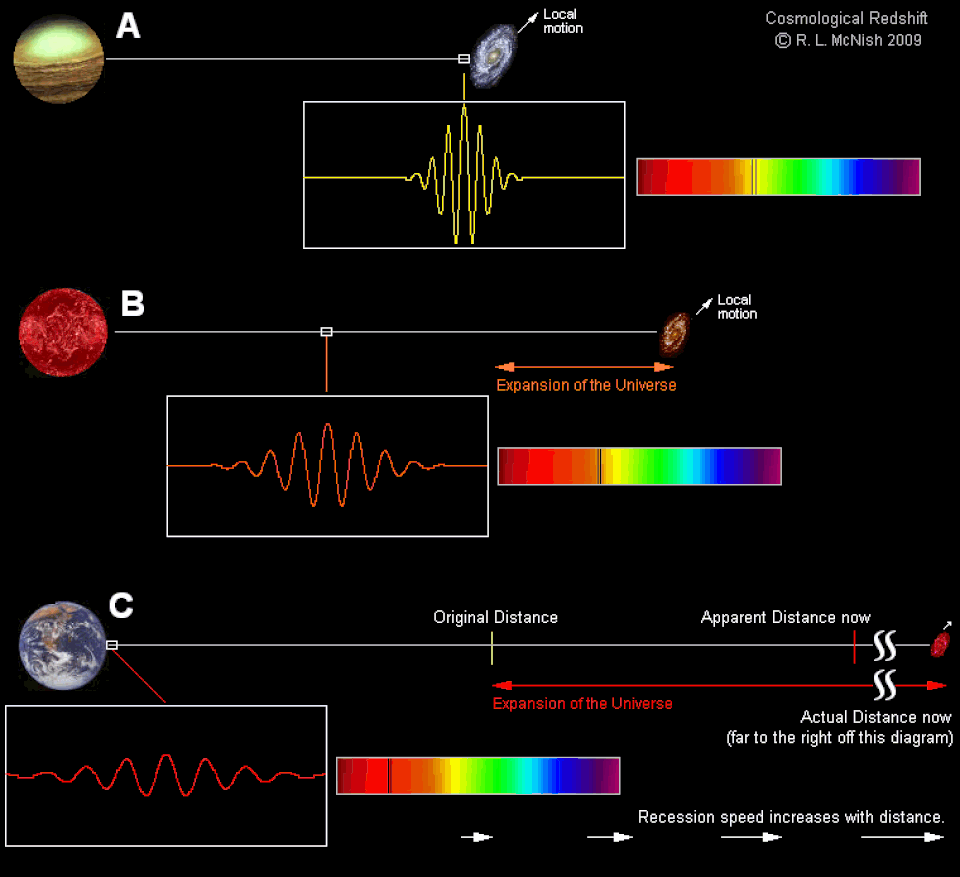
Bob Dicke’s group at Princeton was preparing to begin an experiment using a device known as a Dicke Radiometer to look for exactly this signal: the relic of a hot, dense phase that many had theorized represented the origin of our expanding Universe. If the Universe originated from a hot, dense, uniform state, then as it expanded, it should cool. The reason is simple: radiation’s temperature is defined by the wavelength of the individual photons that make it up.
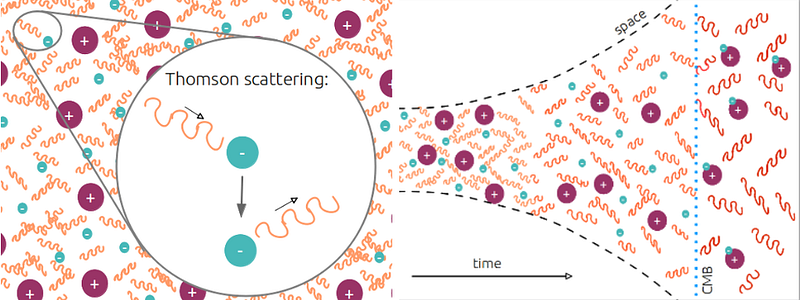
As the Universe expands, not only does the radiation get less dense, but the stretching of space will stretch the wavelength of the photons, and longer-wavelength photons correspond to lower temperatures. When neutral atoms form, the radiation can no longer interact, and simply flies in a straight line until it interacts with something. 13.8 billion years later, that something is our eyes and instruments, revealing an ultra-cold, uniform bath of radiation at 2.725 K.

Of course, many alternative mechanisms could also produce a bath of radiation just a few degrees above absolute zero.
There could be an atmospheric phenomenon that, in addition to all the scattered sunlight and water vapor emission, produced a uniform amount of low-energy radiation that would be picked up by an antenna. This idea was falsified by COBE and other satellites that measured this radiation from space, far above Earth’s atmosphere.

There could be a large amount of diffuse matter in space, that then absorbs starlight from all directions and re-radiates it at a lower temperature. There’s a physical law known as the Stefan-Boltzmann law that describes how any perfectly-absorbing, completely black surface will radiate at a given temperature. If such a substance were evenly spread throughout the Universe, or even surrounding the Earth in our own galaxy, then the absorbed and re-emitted starlight, assuming everything had the right density, could be responsible for this signal.
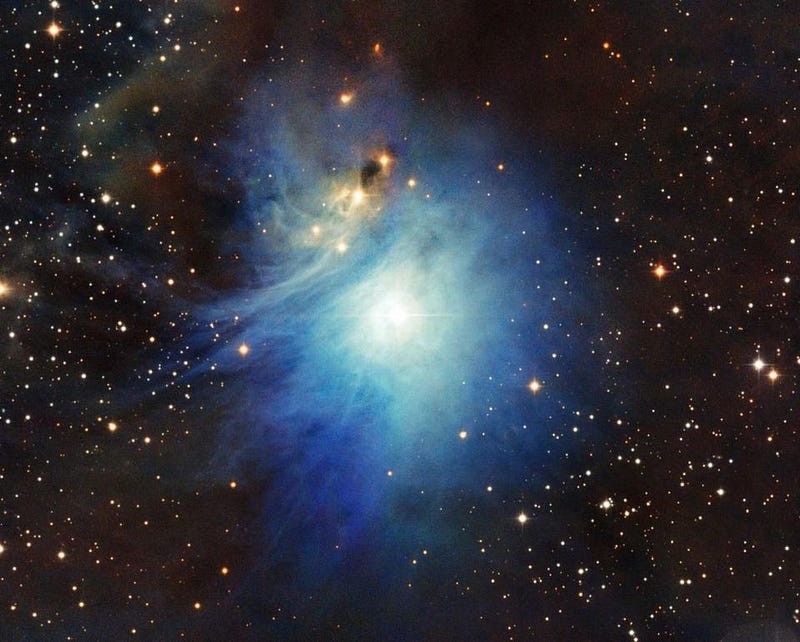
Except astronomy has progressed to the point where we’ve measured the dust in our galaxy, throughout the Universe, and surrounding the Solar System. It has the following properties:
- it is not uniformly distributed,
- it is not a perfect absorber (preferentially absorbing blue light and transmitting red light),
- and in most locations on the sky, where we don’t look in the galactic plane or in the plane of the zodiac, the amount of dust is insufficient to explain this radiation.
So that explanation is no good, either. In fact, part of the reason why even the earliest observations of Penzias and Wilson were taken as definitive evidence of the Big Bang was because of how large the signal was: about 100 times larger than the possible background signal.
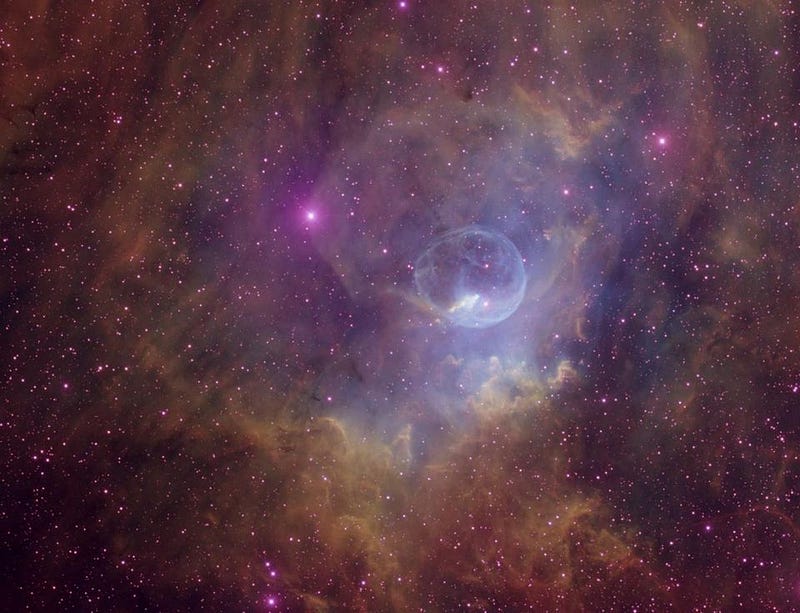
But maybe there’s something out there, far beyond the galaxies we know, that’s emitting an ultra-distant source of light. After all, stars and galaxies appear to be everywhere, and the Sun is almost a perfect blackbody radiator. Perhaps, as some claimed, the light could be losing energy as it travels through the Universe: a tired-light explanation.
This light — possibly from stars — could have simply lost energy over time, coming out as a very low-energy background today. If it had originated in this fashion, this light could now be just a few degrees above absolute zero. The way you’d tell this explanation apart from the Big Bang’s predictions, though, is as your light travels through the Universe, it doesn’t stretch, but loses energy to make a different spectral shape. It would no longer appear as a true blackbody, but a shifted blackbody, easily discernible from the Big Bang’s predictions.
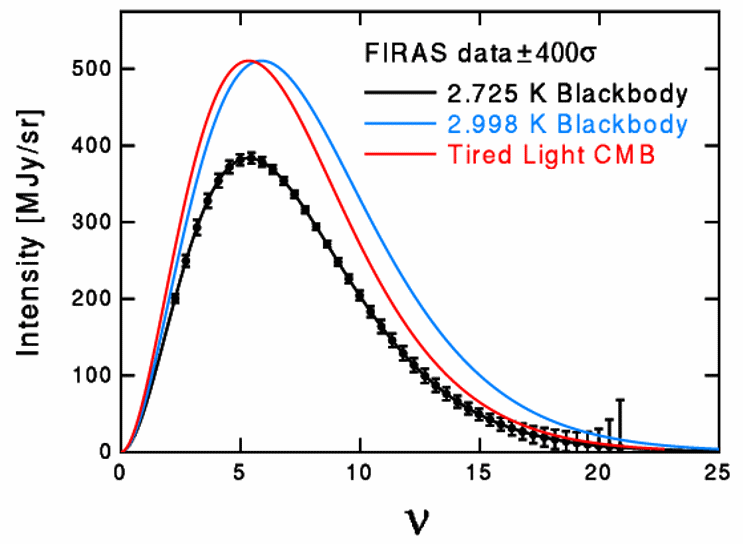
The 1992 observations of the COBE satellite definitively demonstrated that the shape was such a perfect blackbody that this alternative was ruled out. In fact, it was such good data that it demonstrated that anyexplanation that relied on starlight, whether reflected or transformed, must be ruled out.
There’s a simple reason as to why: the Sun is not completely opaque to the starlight it produces.

The outer layers are extremely tenuous and rarified, and the radiation we receive here on Earth doesn’t all originate from the very edge of that plasma. Instead, much of what we see originates from about the first 500 kilometers, where the interior layers are significantly hotter than the outermost ones. The light coming from our Sun — or any star, for that matter — is not a blackbody, but the sum of many blackbodies that vary in temperature by many hundreds of degrees.
It’s only when you add all these blackbodies together that you can reproduce the light we see coming from our parent star. The cosmic microwave background, when we look at its spectrum in detail, is a far more perfect blackbody than any star could ever hope to be.
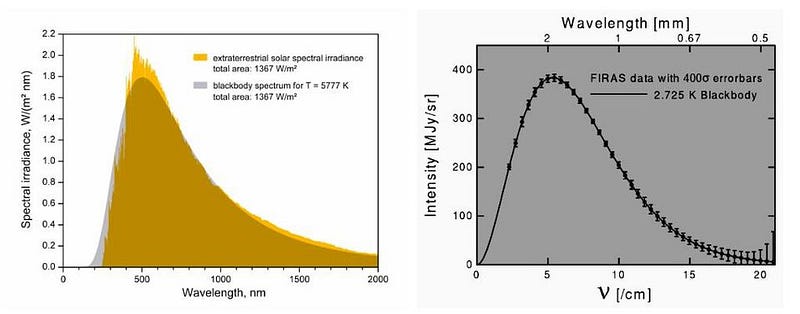
It isn’t dust. It isn’t starlight. It isn’t that your light gets tired. It isn’t emitted from atoms or molecules, nor does it contain signatures that atoms or molecules absorb portions of it.
It’s not from the Earth, the atmosphere, the Solar System or the galaxy. It doesn’t diffuse out from point sources or originate from the nebulous environs where the earliest stars are located.
This background of radiation, more perfectly a blackbody in its spectrum than anything else in the Universe, must have its origin in a hot, dense state that existed billions of years ago.
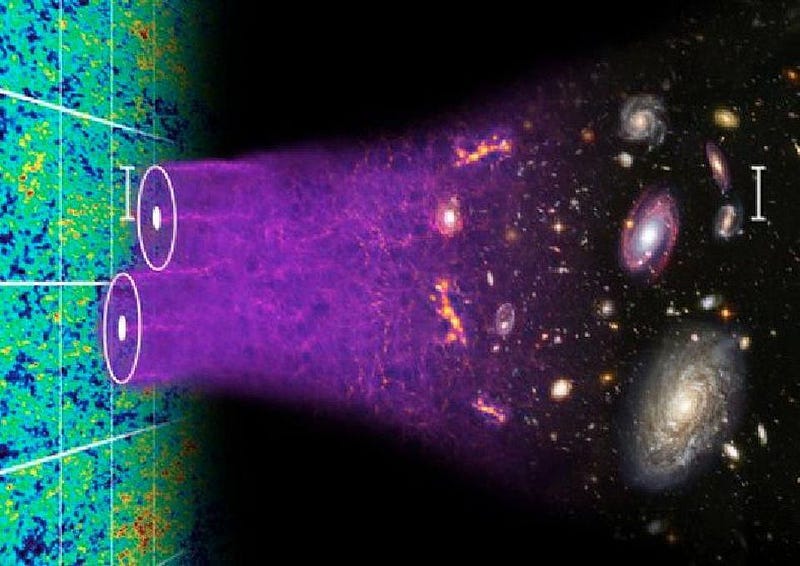
Over time, the exact details have allowed further validation, as the minuscule temperature fluctuations correspond to the density imperfections we’d need to reproduce the structure in our Universe. The hot, moving gas in the Universe shifts the radiation where it exists according to the Sunyaev-Zel’dovich effect. The temperatures cool exactly as predicted as denser regions grow and less-dense regions give up their matter, as the Sachs-Wolfe and Integrated Sachs-Wolfe effects predict.
But we don’t need to get that sophisticated to validate the Big Bang and falsify the alternatives. The observed temperature and spectrum of the cosmic microwave background has ruled out all alternatives, from Steady-State to Quasi-Steady-State to reflected starlight to Tired Light to terrestrial emission to Plasma Cosmology. The Big Bang is not accepted on ideology; it’s accepted based on evidence. Unless a competitor comes along that can explain the omnipresent leftover glow in the Universe, it will remain a foundational pillar for us to build upon in our investigation of the Universe.
Ethan Siegel is the author of Beyond the Galaxy and Treknology. You can pre-order his third book, currently in development: the Encyclopaedia Cosmologica.





